Due Nov 9. 4 pts.
Working outside on a sunny day, photograph subjects and their shadows. Your subjects could be anything: a person, a tree, a dog, a bridge. What counts is the light falling on it.
Think of the sun as your main light and move so that it is a front light, a side light and a back light.
Take 10 photos where the shadow falls away from the camera otherwise known as front light.
Take 10 photos where the shadow falls to the side otherwise known as side light.
Take 10 photographs where the shadow falls towards you otherwise known as back light.
Each photo should be unique.
Post to an album on Flickr and send the best examples of each type of light to the class group.
Due: November 9th, 2:30 pm
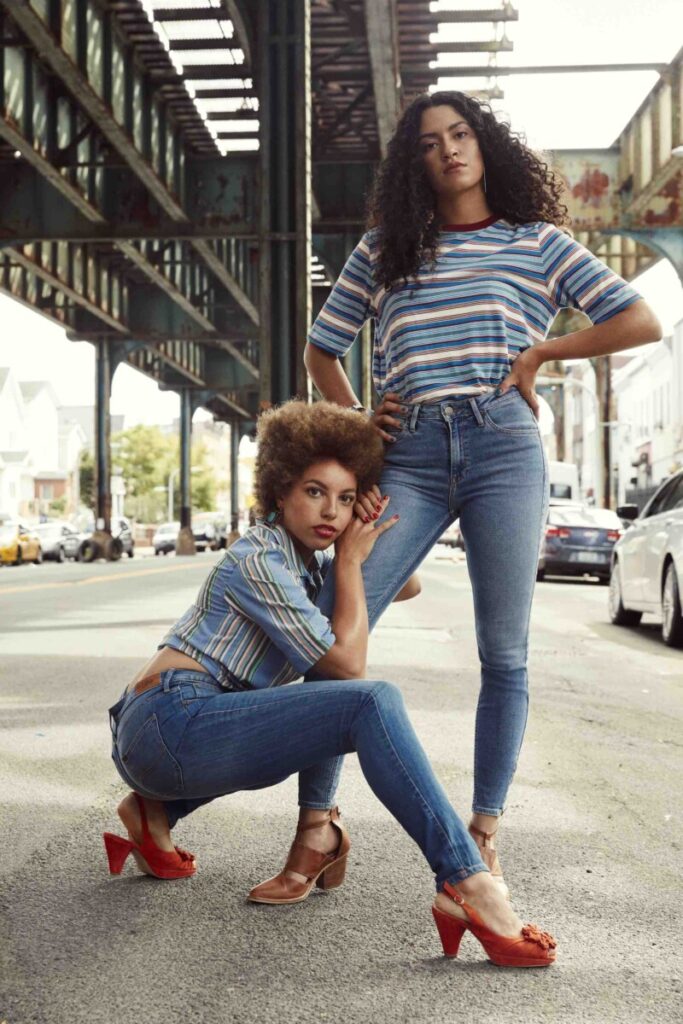
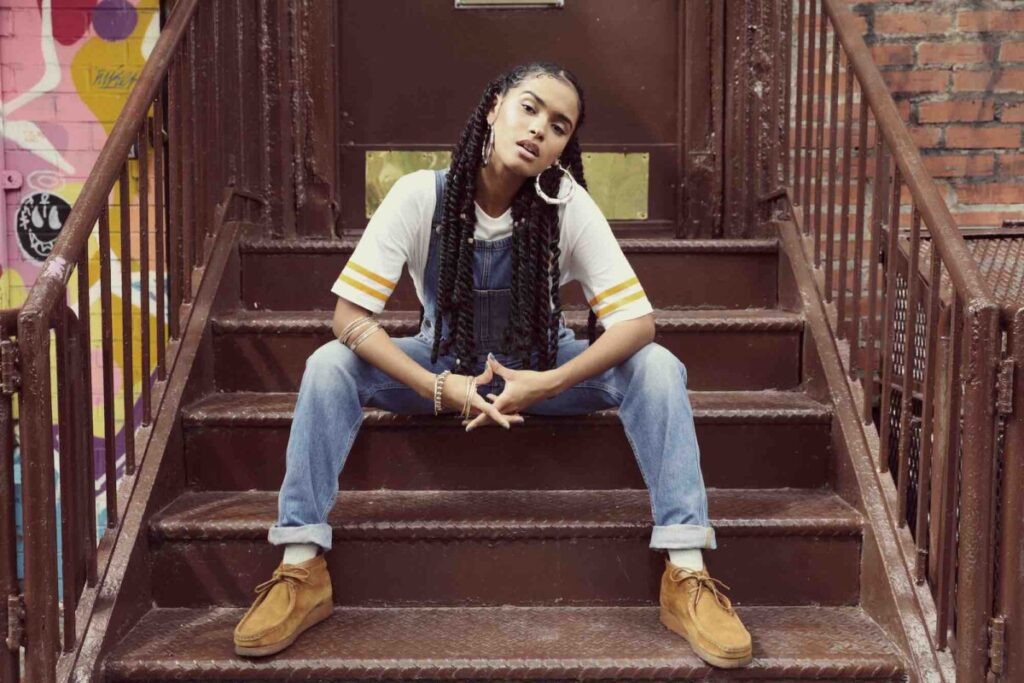

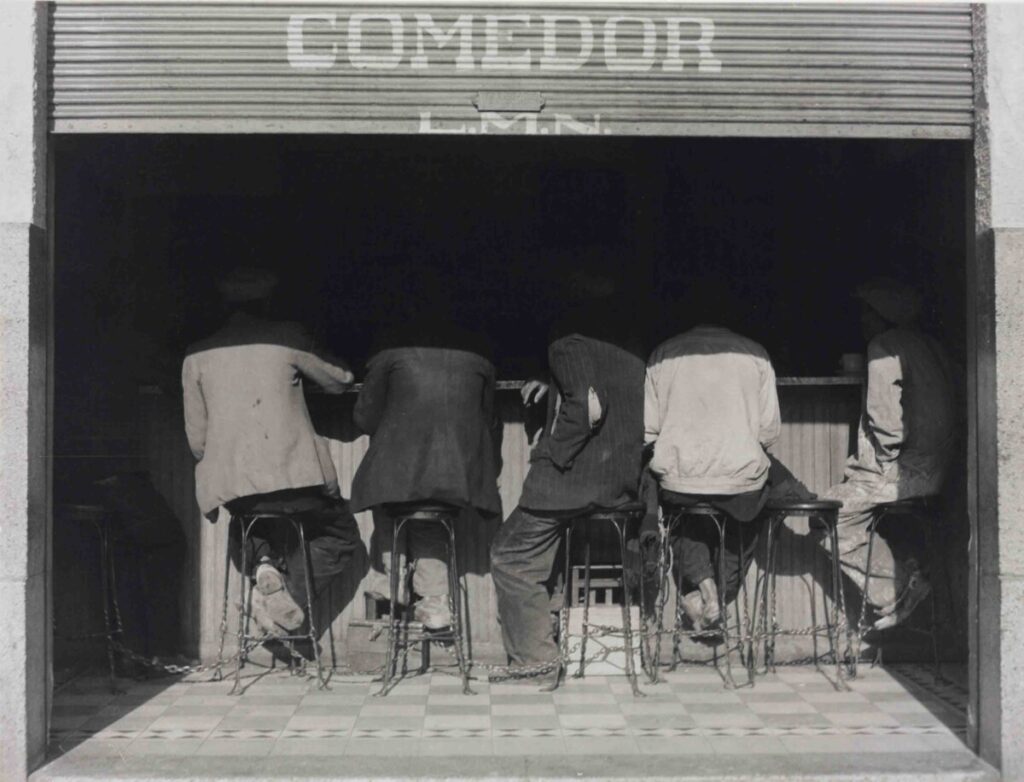
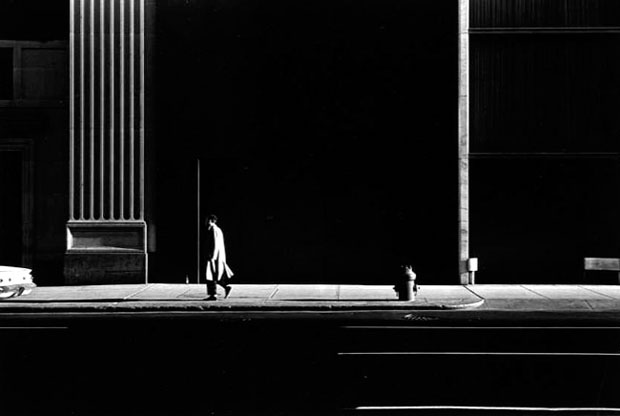
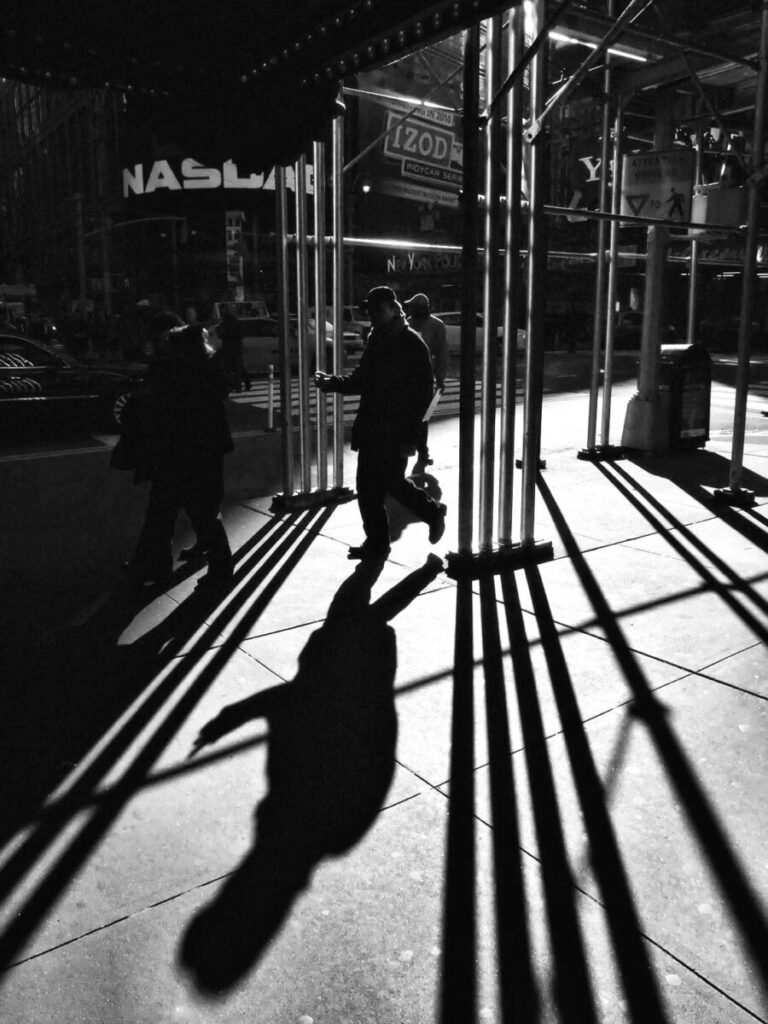
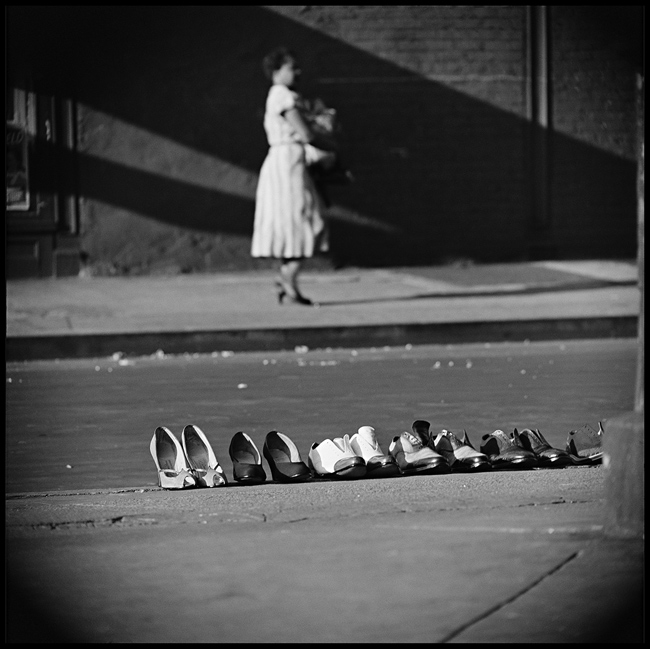


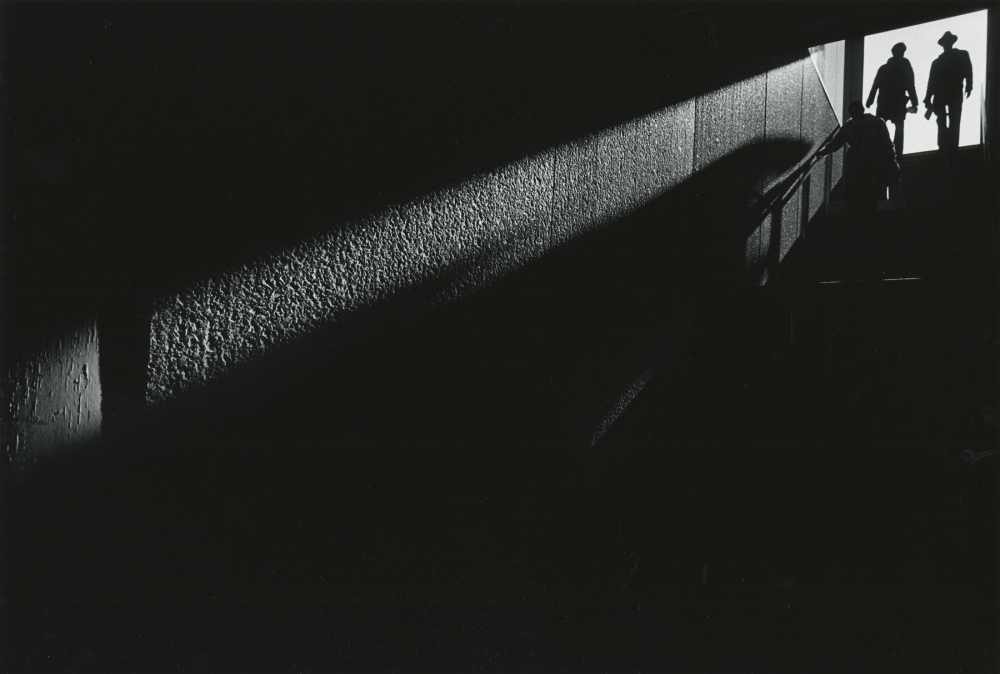

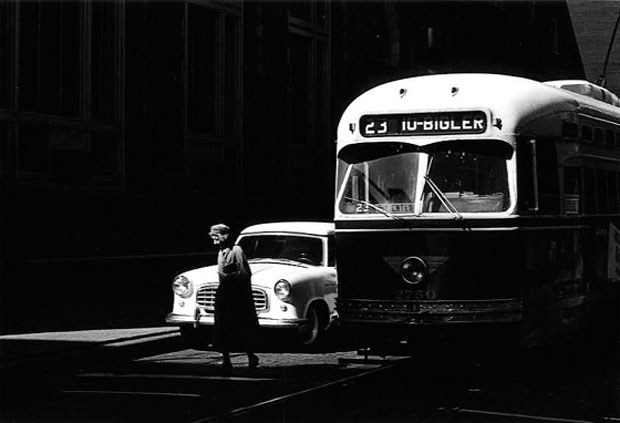
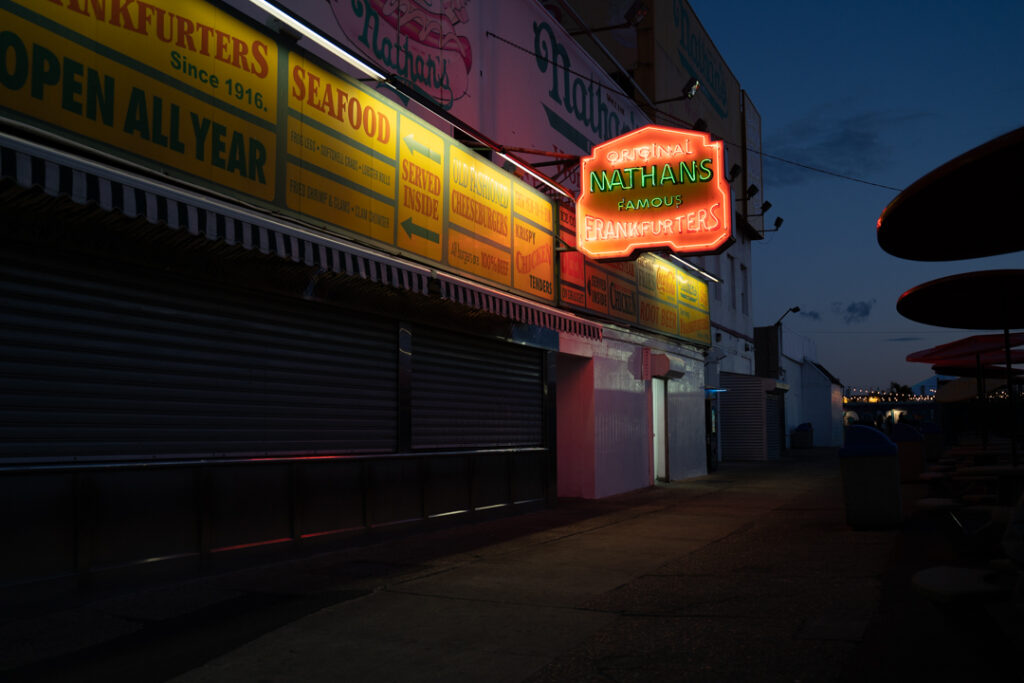
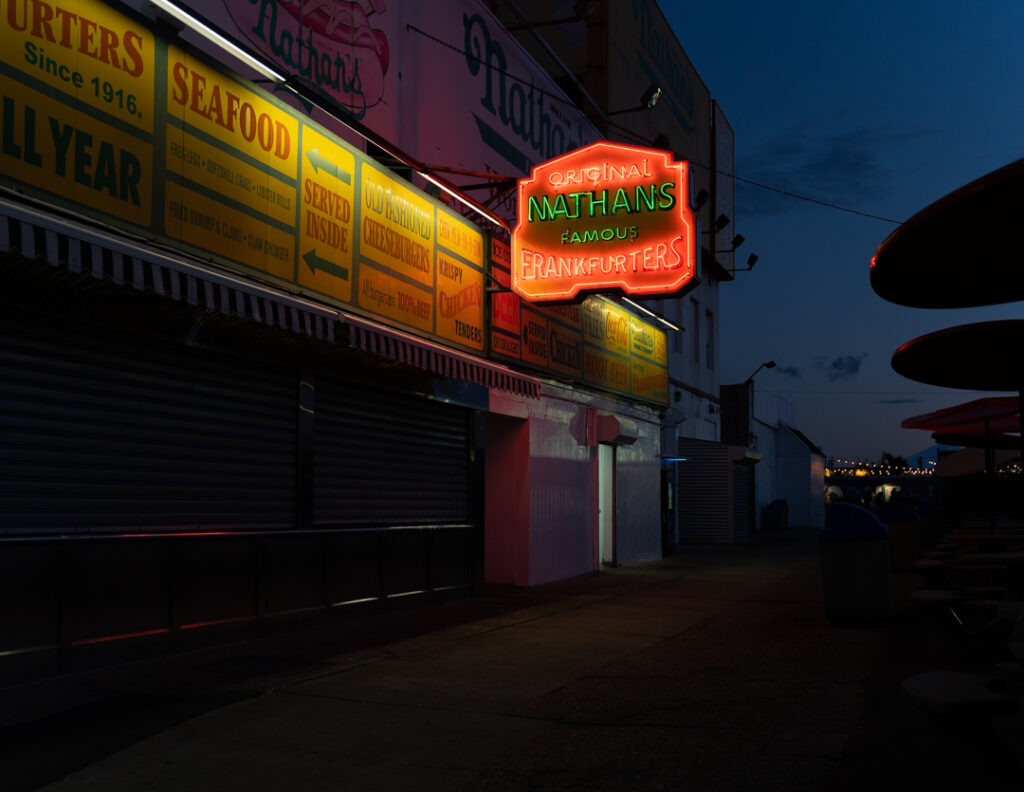
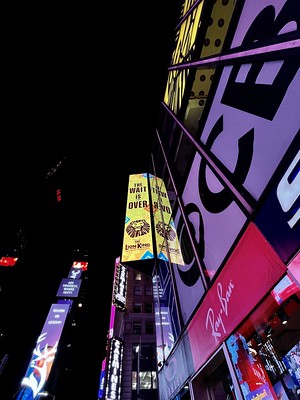
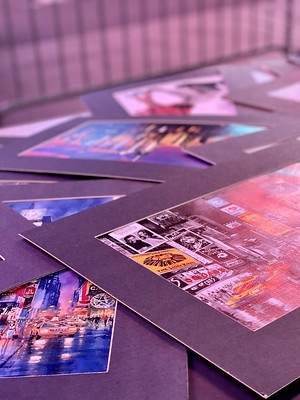
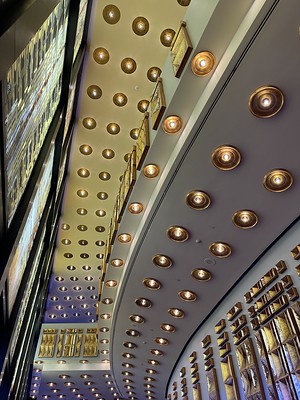
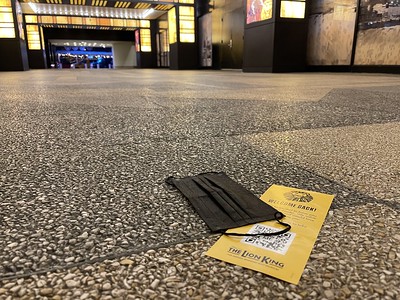




Recent Comments